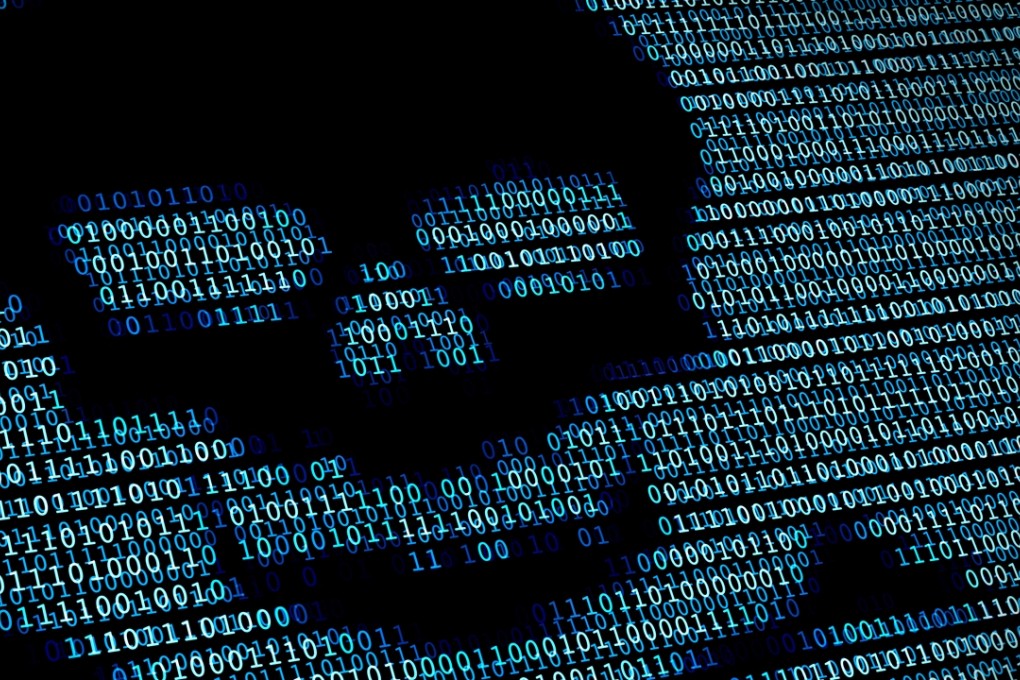Why ransomware is a big threat for computer users, and how to prevent attack
The malware will either lock up or encrypt your computer’s data, forcing you to choose between paying a ransom or losing your files forever

Most people think that cybercrime is all about identity theft. A criminal tricks you into parting with information like your passwords and user names on a fake website – the process known as “phishing” – and uses the details to raid your bank account. But the last few years have seen the resurgence of a more direct form of internet theft: extortion in the form of malware known as ransomware.
Ransomware is a nasty business. It either locks your computer’s interface so you can’t use it (called locker ransomware), or encrypts your files so you can’t open them (called crypto ransomware).
As the name suggests, a ransom is involved. Money must be paid to the criminals in an untraceable digital currency such as Bitcoin before they free your computer, or decrypt your files.
For an individual hit by crypto ransomware, which is by far the worst of the two, the ransom is usually US$300 to US$400. For a company, or government organisation, the amount can be much higher. If the victim does not pay the ransom within a specified time period, the criminal destroys the decryption key, and your data becomes irretrievably lost. So it’s goodbye to those wedding photos and that picture of your pet beagle – and probably some much more important files.
According to figures released by the Hong Kong Computer Emergency Response Team Coordination Centre, reports of hacking (including of mobile phones) in the city rose to almost 5,000 incidents year on year, up 43 per cent, in 2015. IT experts believe ransomware extortion will proliferate.
Modern ransomware began to appear in 2005, but its use has risen dramatically over the last few years.